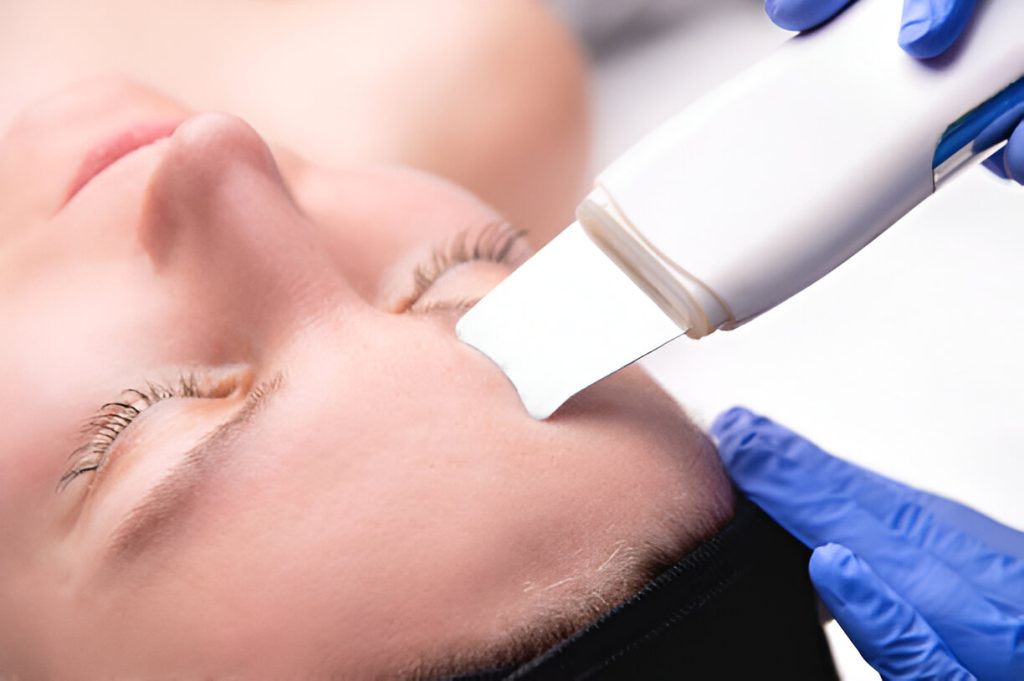Topical treatments are crucial for managing Hidradenitis Suppurativa (HS), a chronic inflammatory skin condition that poses significant challenges for both patients and healthcare providers. As our understanding of HS deepens, the development of effective topical therapies has gained increasing attention in the dermatological community. These treatments offer the promise of relief with potentially fewer systemic effects, making them appealing to those seeking localized treatment of hidradenitis suppurativa options.
In navigating the constantly evolving landscape of HS treatment, we continually assess and incorporate advancements showing potential. The recent introduction of novel agents represents a significant milestone in our approach to this complex condition. These emerging therapies not only offer enhanced efficacy but also provide innovative mechanisms of action tailored to the unique pathophysiology of HS.
Our commitment is to present scientifically backed, innovative treatment modalities that can significantly improve the quality of life for those affected by HS. As we explore these topical advancements, we aim to equip patients and practitioners with the knowledge and tools necessary for effective disease management, underscoring our dedication to advancing HS care through cutting-edge solutions.
Understanding Topical Treatments in the HS Treatment Landscape

Topical treatments have long played a critical role in managing HS, a chronic skin condition that significantly impacts the lives of those it touches. In our continuous pursuit of better symptom management, it is crucial to understand the effectiveness and suitable applications of various topical options. These treatments, often the first line of defense against HS symptoms, include antibiotics, corticosteroids, and antiseptics. Each serves to reduce inflammation, fight infection, and manage pain directly at the site of lesions.
We emphasize the importance of integrating these topical therapies into comprehensive treatment plans. For many individuals living with HS, topical treatments can reduce the need for more invasive procedures and provide symptom control that enhances daily functioning. The accessibility and relative ease of application make topical treatments a practical part of managing this complex condition.
Emerging Topical Agents for Hidradenitis Suppurativa
The landscape of HS treatment is ever-evolving, with new topical agents being developed that promise greater efficacy and fewer side effects. Recent advancements have seen the emergence of innovative formulations that target inflammation more precisely, offering hope for improved management of the disease. These include:
1. HIF-1α Inhibitors: These agents help to reduce inflammation by targeting a specific inflammatory pathway known to be active in HS.
2. Peptide Complexes: These complexes support the skin’s natural defenses by enhancing skin barrier function and reducing the risk of bacterial infection.
3. Natural Anti-Inflammatory Compounds: Turmeric, tea tree oil, and aloe vera extracts are formulated into creams and gels to exploit their anti-inflammatory and antibacterial properties.
These emerging therapies are supported by ongoing research that aims to provide substantiated relief for individuals affected by HS. Our commitment involves not only tracking these innovations but also ensuring that patients can access these treatments promptly as part of their personalized care plans, thereby fostering an environment where living with HS is increasingly manageable.
Practical Application: How to Apply New Topical Treatments

Learning how to properly apply new topical treatments for Hidradenitis Suppurativa (HS) is crucial for their effectiveness. Adherence to application guidelines is essential when we introduce a new topical agent into our routine. First, always ensure the affected area is clean and dry before application to promote absorption and reduce the risk of infection. It’s beneficial to wash the area with a mild cleanser gently and pat it dry carefully. Apply the treatment directly to the lesions as prescribed, using a sterile technique if necessary. Avoid applying excessive amounts, as this won’t increase efficacy but could lead to more side effects, such as skin irritation.
Moreover, it’s important to keep track of how your skin reacts over the first few weeks after starting the treatment. Documenting any changes in symptoms, whether improvement or worsening, can provide valuable feedback for customizing and adjusting treatment plans. Regular follow-ups with healthcare providers will ensure that the treatment is effective and adjusted as needed, improving the overall management of the condition.
Future Trends in Topical Therapy for Hidradenitis Suppurativa
Looking ahead, the future of topical therapy for HS appears promising, with numerous research initiatives focusing on developing more effective and patient-friendly treatments. Innovations such as improved formulations that enhance drug delivery directly to the affected tissues and minimize systemic effects are on the horizon. These advancements aim to increase the efficacy of topical treatments while reducing side effects, providing better control of symptoms, and improving patient outcomes.
Furthermore, the potential introduction of combination therapies, which involve using more than one topical medication concurrently, could offer improved outcomes by targeting multiple pathways involved in HS pathology. With ongoing research and a deeper understanding of the disease mechanisms, we anticipate the advent of novel topical agents that could revolutionize how we manage HS in practice, making flare-ups less frequent and less severe.
Conclusion
Managing Hidradenitis Suppurativa effectively remains a top priority for us. By staying informed about new topical treatments, understanding their application processes, and keeping an eye on future advancements, we can enhance our ability to manage flare-ups and improve the quality of life for those affected by HS. Continued research and innovation are key to developing treatments that are not only effective but also easy to use and tailored to individual needs. As we advance, our commitment to educating and supporting our community remains steadfast, thus enabling better management of this challenging condition.
Explore the latest advancements in HS treatment and learn more about ongoing support by reaching out to us at the Canadian Hidradenitis Suppurativa Foundation. Together, we can continue to improve care and advocacy for those affected by Hidradenitis Suppurativa.
